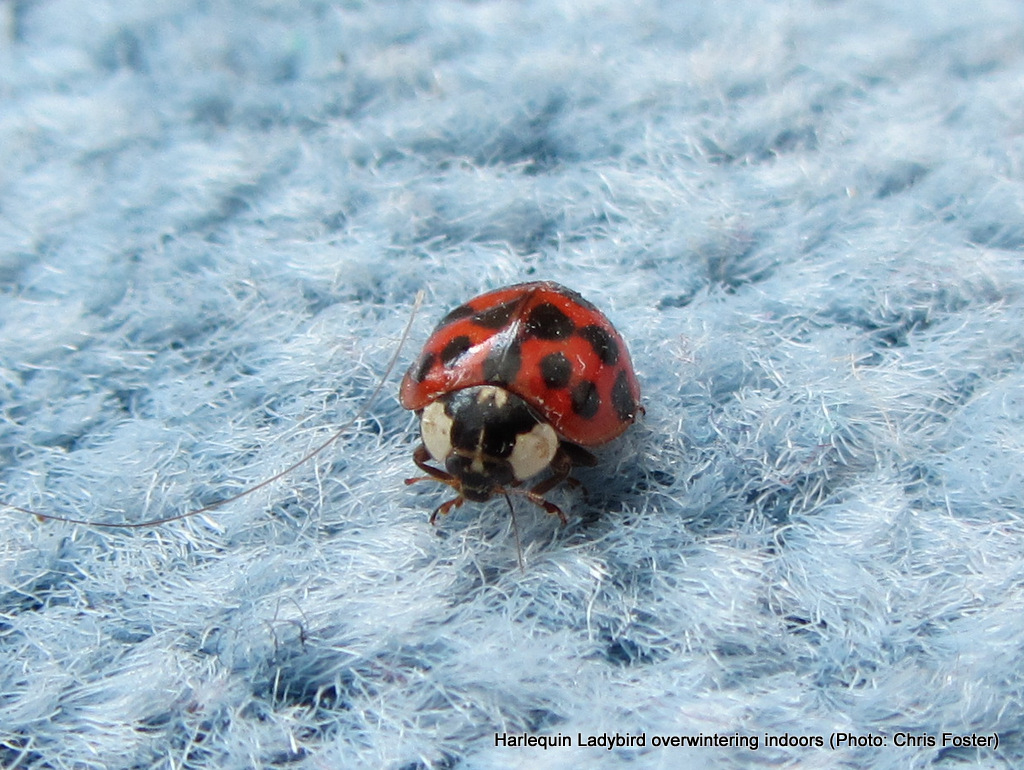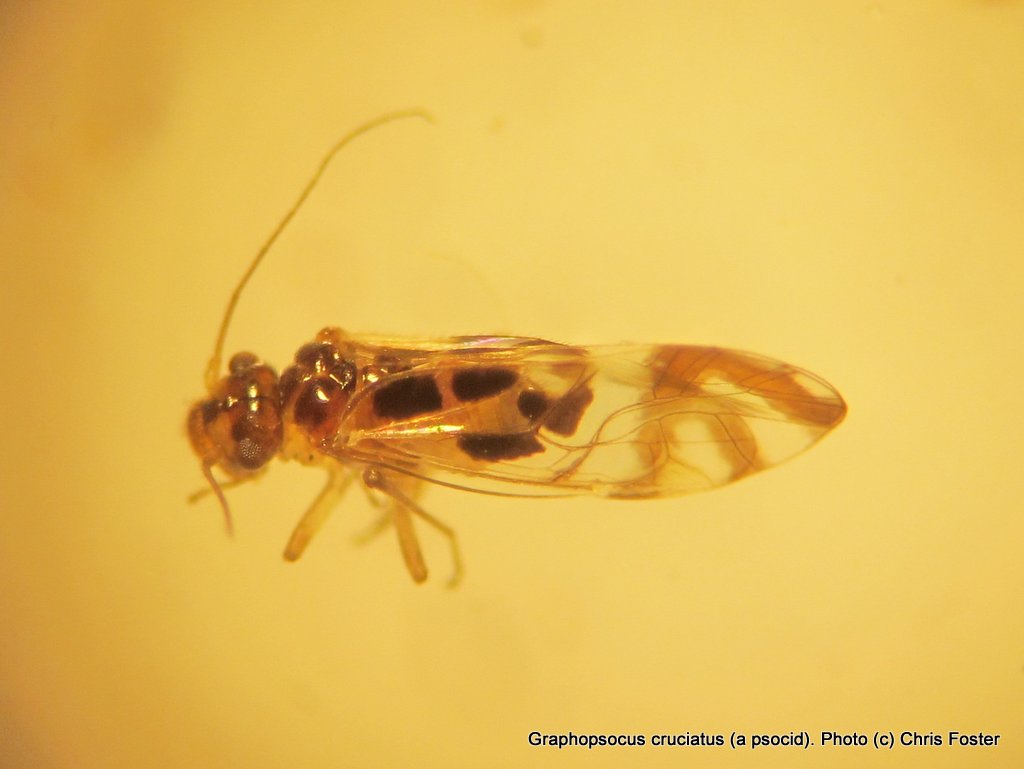T is for Typhaeus: Minotaur Beetle
This is a Minotaur beetle, and despite appearances it is a gentle, dung-munching giant.

Picture the scene. Midnight on an abandoned stretch of dry grassland. A soft breeze stirs brittle stems, setting them rattling, whispering untold secrets into the dark. And look! There, lumbering into view on a patch of short turf, lit by pale moonlight, goes a monster. The strong black dome of its body is capped by three vicious prongs like a triceratops; a broad, bristly head rears forth with bulbous, staring eyes; six terrifyingly spiky legs drag it towards its lair, front feet holding fast to the latest victim.
Which looks suspiciously like a rabbit dropping. For this is no monstrous beast, out to wreak violence. This is a Minotaur beetle, and despite appearances it is a gentle, dung-munching giant. Growing up to 2 cm long – whilst that may sound short, it’s pretty big for a beetle – this is one of the more striking of Britain’s beetles. In an endearing echo of rabbits, the Minotaur beetle’s chief supplier of food, each beetle digs a nest burrow. These are often elaborately divided and run as deep as a metre and a half into the ground.

In each chamber a ball of dung and a single egg is deposited, and the young Minotaur beetle larvae lead a sheltered underground existence, feasting on their handy ready meals. Once ready, the larvae pupate and the next generation of adult beetles generally emerges in the autumn.
Though it is thinly distributed over thin soils, the Minotaur’s range covers much of England, and it could turn up almost anywhere in suitable habitat. Both of the photographs used here are of individuals in Cornwall: one that I found last June, crossing the South West Coast Path on a soggy, overcast day, and one seen back in February by a friend who lives down there. Yet the National Biodiversity Gateway shows no records for the entire county of Cornwall.
I’m hoping these two records will make their way into the database in the near future and help to set things straight. It serves to show that even records of big, easily identified insects can make a meaningful contribution to our knowledge of how species are distributed.





7 Comments
Found this very interesting. Just found one near Bodmin in Cornwall. Have a good photo of it. Should I be forwarding this to any organisation?
Regards
Dan Waters
Minotaur Beetle is actually widespread in Cornwall. The local database ERICA has plenty of records but does not yet link into the NBN. But it would be good to have full details of your records if possible. We need to keep the record up-to-date.
We found one on the coast path at Godrevy (Hayle, Cornwall) on May 2nd 2016.
One flew into my window last night all I hear is a loud buzz followed with a this on my window and there he was upside down on my door step.
I am situated in Groes a little village near Denbigh in North Wales
Found one of these whilst bug hunting this evening; Knaphill, Surrey.
What a beautiful creature!
I had male & female cross my path on separate occasions here in Norfolk.. i got down to there level to take photos.. i believe the male was making a squeaking sound.. has this ever been recorded?
Fairly sure I have seen this beetle today in Dumfries and Galloway region.
Flying and looked very large and round but very graceful in flight.
Possible?